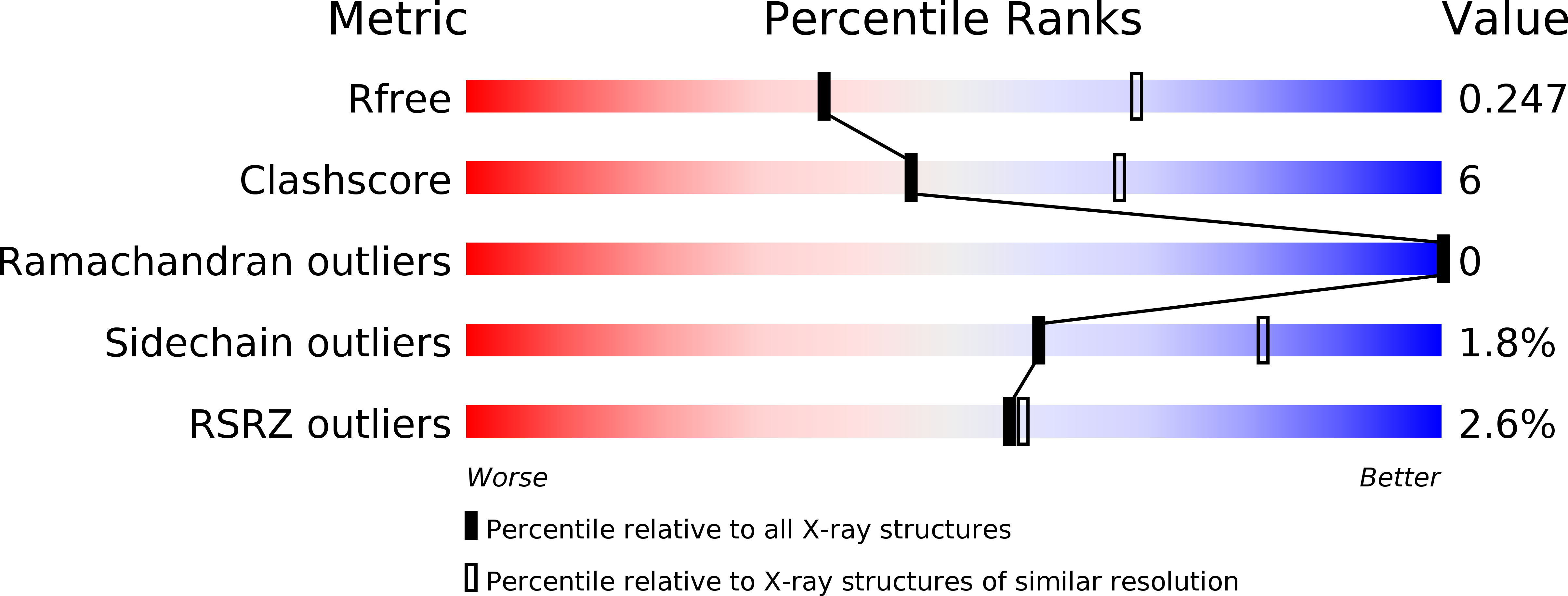
Deposition Date
2018-03-05
Release Date
2018-04-18
Last Version Date
2024-10-16
Entry Detail
PDB ID:
6CMI
Keywords:
Title:
Crystal Structure of the Hendra Virus Attachment G Glycoprotein Bound to a Potent Cross-Reactive Neutralizing Human Monoclonal Antibody m102.3
Biological Source:
Source Organism:
Hendra virus (Taxon ID: 928303)
Homo sapiens (Taxon ID: 9606)
Homo sapiens (Taxon ID: 9606)
Host Organism:
Method Details:
Experimental Method:
Resolution:
2.72 Å
R-Value Free:
0.24
R-Value Work:
0.19
R-Value Observed:
0.19
Space Group:
I 2 2 2


